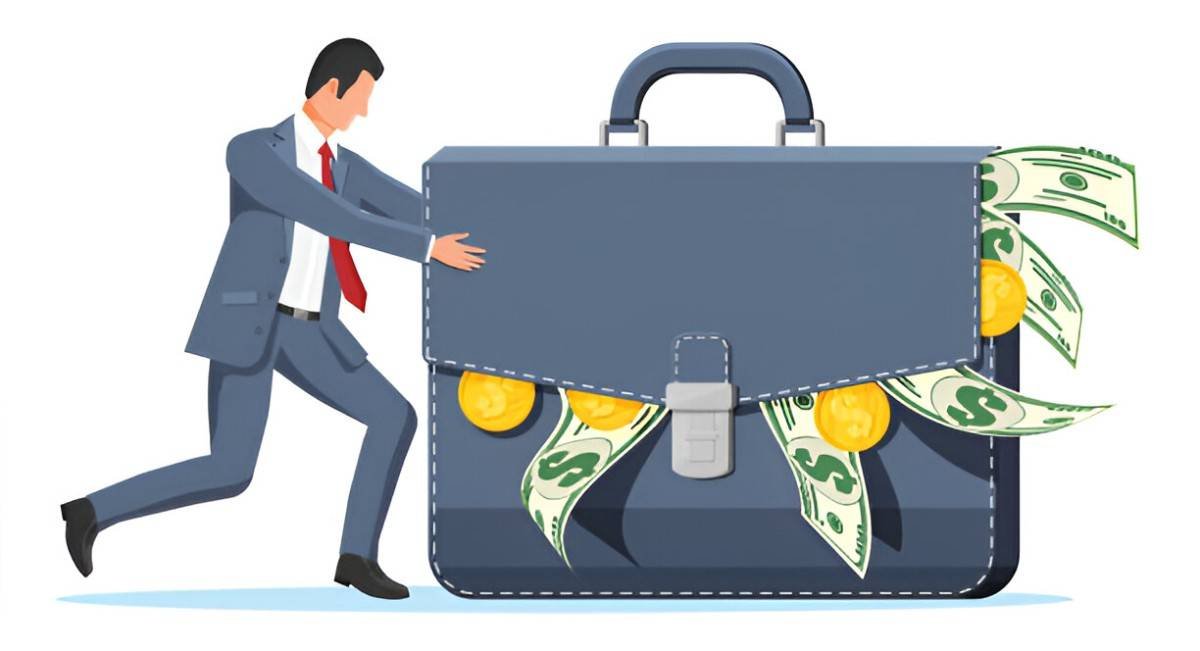Introduction
As a finance expert, I often get asked how to build a portfolio that maximizes returns while accepting higher risk. An aggressive mutual fund portfolio is one such strategy. It focuses on high-growth assets, often with higher volatility, aiming for superior long-term returns.
Table of Contents
What Is an Aggressive Mutual Fund Portfolio?
An aggressive portfolio leans heavily into equities, particularly growth-oriented sectors like technology, small-cap stocks, and emerging markets. Unlike conservative portfolios that favor bonds and stable dividend stocks, aggressive portfolios seek higher returns by tolerating short-term volatility.
Key Characteristics
- High Equity Allocation (80-100%) – Minimal or no bond exposure.
- Sector Concentration – Heavy focus on high-growth industries.
- Higher Expense Ratios – Active management often leads to higher fees.
- Volatility – Larger price swings compared to balanced funds.
Types of Aggressive Mutual Funds
Not all aggressive funds are the same. Below is a comparison of common types:
| Fund Type | Risk Level | Expected Return | Example |
|---|---|---|---|
| Large-Cap Growth | Moderate-High | 8-12% annually | Fidelity Growth Company Fund (FDGRX) |
| Small-Cap Equity | High | 10-15% annually | T. Rowe Price Small-Cap Stock (OTCFX) |
| Emerging Markets | Very High | 12-20% annually | Vanguard Emerging Markets (VEMAX) |
| Sector-Specific | Extreme | 15-25% (varies) | Fidelity Select Technology (FSPTX) |
Why Choose Aggressive Funds?
- Long-Term Growth – Historically, equities outperform bonds over decades.
- Inflation Hedge – Stocks tend to outpace inflation better than fixed-income assets.
- Compounding – Higher returns accelerate wealth accumulation.
Risk vs. Reward: The Math Behind Aggressive Investing
Expected Return Calculation
The expected return E(R) of a portfolio can be calculated as:
E(R) = \sum (w_i \times r_i)Where:
- w_i = weight of the i-th asset
- r_i = expected return of the i-th asset
Example:
Suppose an aggressive portfolio has:
- 50% in a tech fund (expected return: 15%)
- 30% in small-cap stocks (expected return: 12%)
- 20% in emerging markets (expected return: 18%)
Standard Deviation (Risk Measure)
Aggressive portfolios have higher standard deviation (\sigma), meaning larger swings.
\sigma_p = \sqrt{\sum_{i=1}^n w_i^2 \sigma_i^2 + \sum_{i \neq j} w_i w_j \sigma_i \sigma_j \rho_{ij}}Where:
- \sigma_i = standard deviation of asset i
- \rho_{ij} = correlation between assets i and j
A well-diversified aggressive portfolio reduces risk through low-correlated assets.
Constructing an Aggressive Mutual Fund Portfolio
Step 1: Define Risk Tolerance
- Can you stomach a 30% drop in a year?
- Do you have a long time horizon (10+ years)?
Step 2: Asset Allocation
A sample aggressive allocation:
| Asset Class | Allocation |
|---|---|
| U.S. Large-Cap Growth | 40% |
| U.S. Small-Cap | 25% |
| International (Developed) | 20% |
| Emerging Markets | 15% |
Step 3: Fund Selection
- Low Expense Ratios – Even aggressive funds should minimize fees.
- Strong Track Record – Look for consistent outperformance vs. benchmarks.
- Low Turnover – High turnover increases tax liabilities.
Step 4: Rebalancing Strategy
- Annual Rebalancing – Ensures allocations stay aligned with goals.
- Tax-Efficient Selling – Use tax-loss harvesting to offset gains.
Case Study: A $100,000 Aggressive Portfolio
Initial Investment (2024):
- $40,000 in Vanguard Growth Index (VIGAX)
- $25,000 in iShares Russell 2000 (IWM)
- $20,000 in Schwab International Equity (SCHF)
- $15,000 in iShares MSCI Emerging Markets (EEM)
Projected Growth (Assuming Historical Returns):
| Year | Portfolio Value |
|---|---|
| 2024 | $100,000 |
| 2029 | ~$200,000 (10% CAGR) |
| 2034 | ~$400,000 (10% CAGR) |
Note: Past performance ≠ future results. Market downturns can delay growth.
Potential Pitfalls of Aggressive Investing
- Market Crashes – 2008 saw some funds drop 50%.
- Behavioral Risks – Panic selling locks in losses.
- High Fees – Some funds charge >1.5%, eroding returns.
Final Thoughts
An aggressive mutual fund portfolio suits investors with high risk tolerance and long time horizons. By focusing on equities, minimizing fees, and staying disciplined, you can harness market growth effectively.





